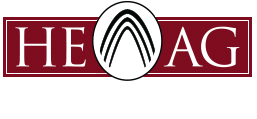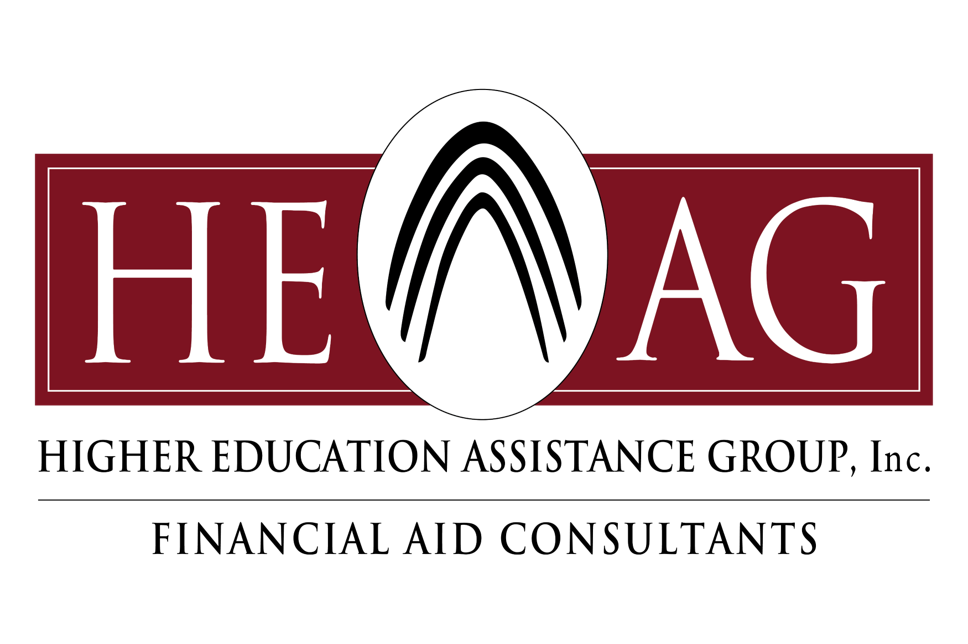On July 15, the Higher Education Assistance Group held a webinar with higher education professionals around the country to discuss the issues U.S. colleges and universities have faced, and continue to face, during the COVID-19 pandemic. We’ve compiled a recap of the topics covered during the webinar, including some of the results from the polls we took during the event.
HEAG consultants, Rhonda Smith and Michael Campbell, offered their unique perspectives and provided valuable insight into running an office during a pandemic because they were in Director roles when it all began. Everyone from the top down had to adapt to the newly changed landscape of the Financial Aid Office – from never seeing co-workers or students in person to dealing with the CARES Act and a multitude of other issues. Throughout the crisis, there have been a number of challenges including:
Learning to Manage and Motivate Remote Staff
One of the most pressing issues facing colleges and universities is their newly remote staff. How do you address the challenges and opportunities inherent in managing staff in a remote environment? How do you hold employees accountable when you can’t physically be in the office together? Are employees staying productive? Are they engaged? Many employees don’t have a dedicated work space at home and the new normal has been difficult—constant interruptions, days that seem to blend together, not knowing when to end a day that used to end at 5 pm. These are all factors to keep in mind when it comes to your own staff, some of whom may have children at home with no school or daycare available. Address the challenges by having discussions with your staff and setting expectations while still being empathetic to their individual situations; remember, they didn’t ask for this and most are doing the best they can under the circumstances. But the bottom line is that you still need to hold your staff accountable for everything they do and ensure tasks are being performed in a timely manner.

Communicating Effectively
There is no better way to set those expectations than by utilizing effective communication methods. Once again, the in-person weekly meeting has been thrown out the window, likely replaced by a video conferencing session from home. The new normal comes with its own set of issues, like emailing colleagues at 10 pm or over utilizing email, as volume is considerably up since March for most of us. It’s likely your staff used to take breaks throughout the day to re-energize, re-charge, or tackle a personal to-do. Continue to offer them “coffee breaks” that are staggered throughout the day where they can regroup and do whatever they need to get done at home. Find out how your staff prefers to communicate with you and one another. You might learn that video conferences work well for one person but not another. Don’t forget the standard phone call can be just as effective. Find that balance between all types of communication methods and the volume of utilizing them for maximum effectiveness.
Addressing Technology Gaps
Another particularly challenging area is technology and how comfortable your staff is at handling it. Do you have protocols in place to protect Personally Identifiable Information (PII)? Are systems of record secure through a VPN? Do employees have a working computer and access to high-speed internet from home? If they do not, this can present its own set of problems. Thankfully, other than being able to solve the issue of high-speed internet, especially for rural workers, there are solutions to these challenges. There are many document-management tools that can be used by staff to share data privately and securely. When electronic signatures are needed, schools can purchase software to enable e-signatures. Reach out to your staff and make sure each person has the correct technology for day-to-day tasks. If someone is utilizing a 12-year old laptop, provide them with an updated model. A quarter of webinar attendees we polled reported they have had staff who ran into technological issues while working from home.
Managing the College Brand
This has become a major focus for schools while dealing with the potential realities of reduced enrollment or students not returning to campus for the fall term, if not longer. Many schools are getting creative by offering video tours of their campus and facilities. If you plan to be open and offer classes in some capacity, partner with local governments to promote your school to their communities. Update your website every week and send emails on a daily or weekly basis to keep students and families informed. Remind your students there may be services available in the office at certain hours of the day but in a limited capacity (or not at all) and that some staff members may not be on campus. Finally, promote fall registration and classes through many channels including print, email, your website and social media.
Returning to Campus Safely
As areas of the country begin to slowly open back up, some schools have decided to reopen student service departments. Polling attendees, we learned that almost half of those responding missed all aspects of not being able to work on a campus, which included human interaction with colleagues, in-person discussions with students and the team approach in an office environment. However, reopening comes with its own concerns. Social distancing is mandatory. Will your entire staff return to campus in the fall? Can you utilize a hybrid model, where some people work from home certain days of the week, which will promote overall social distancing within your office?

You may need to establish new policies such as “appointment only” times of the day. Utilize plexiglass and social distancing stickers wherever possible. Increase the frequency of cleaning and provide masks along with requiring them to be worn at all times. While the Financial Aid Office may not be involved in some of these decisions, ensure the safety of your staff and push for these policies with upper management. There are still many unknowns when it comes to campuses reopening and a number of schools will be welcoming students back in a few weeks. Our poll indicated that 37 percent of attendees still did not have detailed answers about reopening for the fall term.
Lessons Learned
This situation is entirely unique and it is safe to say that very few of us will ever truly get used to it. Things should return to “normal” at some point in the future, even if we don’t know when. Adaptability is the name of the game while running your department in ways you never thought possible six months ago. Keep your head up, be flexible and stay positive. If you run into any problems finding temporary or remote staff to fill a need, managing technological issues or maintaining compliance in a remote environment, HEAG is always here to help. Please contact Jeff Megargell, HEAG’s Intake Coordinator, at jmegargell@heag.us to begin discussions and receive a proposal for remote staff or project work. If you’d like to access the downloadable webinar, visit the events page of our website.




